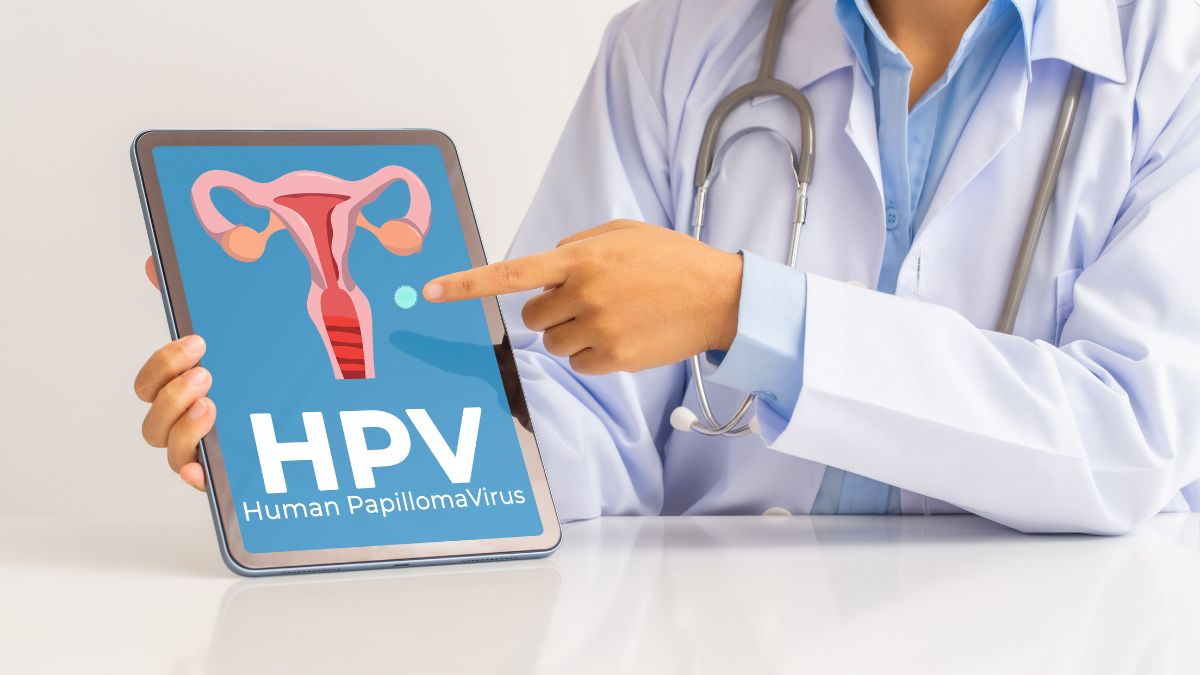
Human Papillomavirus (HPV) is a silent, pervasive force in our sexual health landscape, as it is the most significant risk factor in cervical, penile, anal, throat, vaginal, and vulvar cancer. In the Interim Budget of India 2024-25, which was released on 1st February 2024, Nirmala Sitharaman, Finance Minister, Government of India, announced that the government will encourage HPV vaccination for girls in the age group 9-14.
Table of Content:-
According to the World Health Organisation, HPV is so common that nearly everyone will encounter it at some point in their lives. Yet, for decades, it lurked in the shadows, shrouded in stigma, misinformation, and hushed conversations. So, why did it take us so long to openly address HPV?
HPV Timeline Explained
Here’s a timeline of how HPV was discovered, linked to cervical cancer, and eventually HPV vaccines were developed:
HPV Discovery
A 2014 study published in Oncology Letters states that the initial identification of HPV occurred in 1949 when Strauss employed electron microscopy to analyse wart tissue samples.
Physical Properties Of HPV Described
Subsequent research by Crawford and Crawford in 1963 unveiled the structural properties of HPV DNA.

HPV Linked To Cervical Cancer
According to the National Cancer Institute, German virologist Harald zur Hausen, proposed a groundbreaking theory linking HPV, not HSV, to cervical cancer in 1976.
Strains Of HPV Linked To Cervical Cancer
Subsequent research validated Dr Hausen’s hypothesis as he identified HPV-16 and HPV-18, two primary HPV types associated with cervical cancer.
HPV Causes Cervical Cancer Confirmed
By 1983, Dr Zur Hausen definitively established HPV as the causative agent of cervical cancer, demonstrating the virus's genetic integration into human cell DNA.
Also Read: Cervical Cancer Prevention: How Often Should You Get A Pap Smear Test And At What Age?
HPV Linked To Other Cancers
Further studies expanded HPV's role to include cancers of the anus, penis, vulva, vagina, and oropharynx. While the exact dates for each specific cancer type can vary, the overall understanding of HPV as a causative factor for these cancers solidified in the late 20th century.

Scientists Develop First HPV Vaccine
In 1991, based on Dr Jian Zhou and Dr Ian Frazer’s ‘virus-like particles’ that mimicked HPV, Dr Dough Lowy and Dr John Schiller developed the HPV vaccine.
First Licensed And Approved HPV Vaccine: Gardasil
In 2006, the United States Food and Drug Administration (USFDA) approved Gardasil (HPV4) for girls in the age group 9-26. Gardasil 4 (made by Merck) offered protection against four types of HPV, targeted over 70% of cervical cancer cases, and offered nearly 100% protection against HPV 16 and 18.
Gardasil 9 Introduced
In 2014, the USFDA approved the second iteration, Gardasil 9, which offered protection from several low-risk, wart-causing HPV strains in addition to the high-risk cancer-causing HPV strains that were protected with Gardasil 4.
USFDA Approves Expanded Use Of Gardasil 9
According to an overview titled ‘History Of HPV Vaccination,’ in 2018, USFDA approved expanding the coverage of Gardasil 9 to include females and males between 27-45 years. In 2020, USFDA approved an expanded use of Gardasil 9 to include cervical, vaginal, vulvar, anal, oropharyngeal, and other head and neck cancers.

Complete Eradication Of Cervical Cancer
In 2020, the World Health Assembly adopted the World Health Organisation’s Global Strategy for eliminating cervical cancer by 2030.
Why It Took So Long For Public Awareness Of HPV?
HPV is a common Sexually Transmitted Infection (STI) and has received enough limelight from the medical field if you look at the timeline above. Surprisingly, when it comes to mass awareness, it wasn't talked about much until recently, compared to other STIs like HIV, syphilis, and herpes. Oddly, there still aren't clear guidelines for HPV prevention and complications for men, especially since HPV is so common.
Also Read: Govt Says 4.71 Cr Women Screened for Cervical Cancer, But HPV Affects Men Too: What You Need To Know
Talking to the Onlymyhealth team, Dr Vimee Bindra, SRC Accredited Endometriosis Specialist, Robotic and Laparoscopic Gynaecologist, MBBS, MS, FICOG, MHA, said, “A primary reason for the delayed focus on HPV is a lack of awareness. Unlike other STIs like syphilis and gonorrhoea, which were discussed openly for longer, HPV remained a hushed topic. This silence stems from societal discomfort with discussing sex, periods, and sexually transmitted infections.”
Stigma Surrounding STIs
For generations, STIs have been associated with shame, promiscuity, and moral failings. This stigma created a culture of silence, where people were reluctant to discuss sexual health openly, let alone seek information or treatment.
Misconceptions and Fear
Misconceptions about HPV further hindered open dialogue. Many people believed that HPV only affected women and was solely linked to cervical cancer. Moreover, the fear of cancer diagnosis amplified the anxiety surrounding HPV, making it an even more daunting topic to address.
Lack of Comprehensive Sex Education
For many years, sex education was limited, abstinence-focused, and often medically inaccurate. This approach failed to equip young people with the knowledge and tools to protect themselves from STIs, including HPV.

While we have made significant progress, there is still work to be done. We need to continue challenging the stigma surrounding STIs, providing accurate and accessible information about HPV, and ensuring that everyone has access to HPV prevention and treatment. By openly addressing HPV, we can empower individuals to take control of their sexual health and reduce the burden of HPV-related diseases. It's time to shed light on HPV and break the silence. Together, we can create a future where HPV is no longer a hidden threat.
Also watch this video
Read Next
Govt Says 4.71 Cr Women Screened for Cervical Cancer, But HPV Affects Men Too: What You Need To Know
How we keep this article up to date:
We work with experts and keep a close eye on the latest in health and wellness. Whenever there is a new research or helpful information, we update our articles with accurate and useful advice.
Current Version